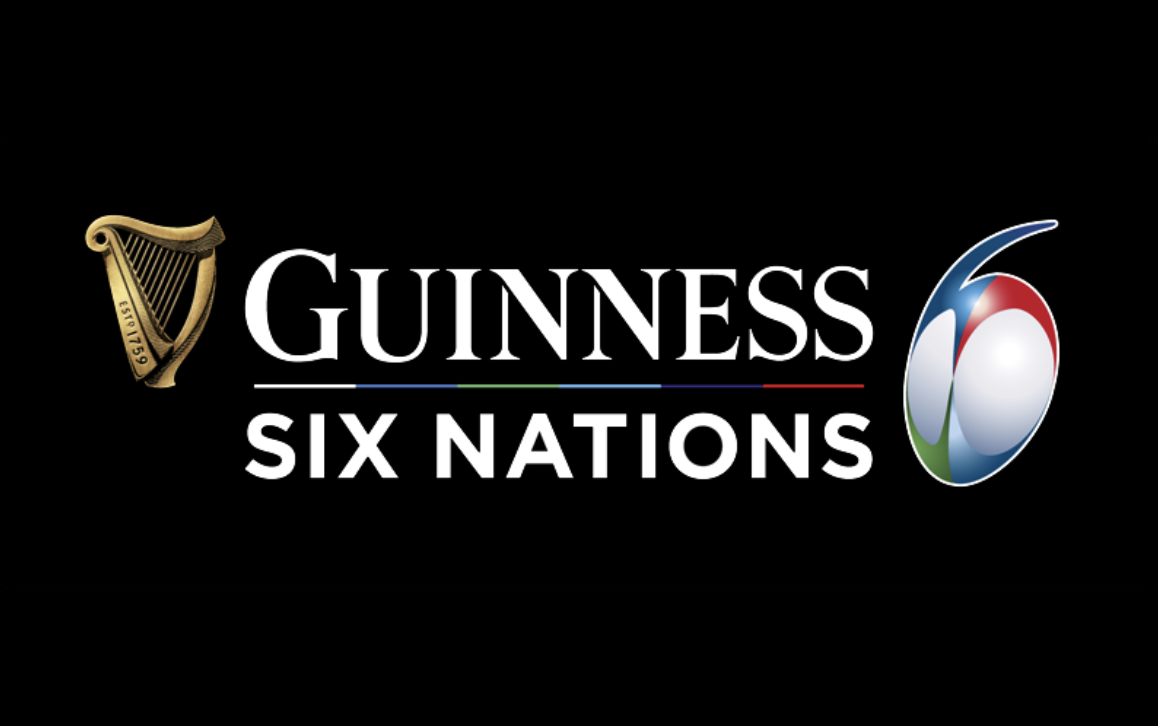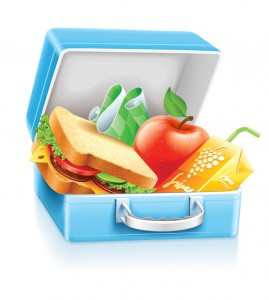 Ever wonder what you should be putting into your packed lunches for those long tournament days? In light of the upcoming FindRugbyNow Sevens Tournament, I am going to tell you everything you need to know to get the nutrition you need for tournament day.
Ever wonder what you should be putting into your packed lunches for those long tournament days? In light of the upcoming FindRugbyNow Sevens Tournament, I am going to tell you everything you need to know to get the nutrition you need for tournament day.
It is always tricky to know what you should be eating and when in order to get the most out of your performance.
I will first briefly answer the question of “when” and then I will give some examples of specifically what to eat and when in order to help you put together a healthy, balanced and effective eating strategy.
When to eat
I recommend eating little and often throughout the day, so that you don’t feel too full before or during any of your matches – e.g. something small after every match.
You can perhaps have some more substantial snacks (like sandwiches and pasta dishes) at certain times if you have a long break in-between matches, but not too much as your body does take time to digest all your food.
What to eat
High glycaemic index carbohydrates
Remember in my last blog when I spoke about the difference between low and high glycaemic index carbohydrates? If the answer is no then here is a little refresher.
Carbohydrates are made of sugars, and when we eat carbohydrates they are digested (broken down) into these sugars which are then released into the blood stream. One of these sugars that you may have heard of is glucose.
High glycaemic index carbohydrates are those which are broken down quickly and the sugars are released rapidly into the blood stream (low glycaemic index foods are the opposite, i.e. sugars are slowly released into the blood stream over a longer period of time). Therefore this type of carbohydrate is good for when we need energy fast – for instance in tournaments when our energy stores are continuously used up during matches.
The source of this type of carbohydrate should preferably be low in fat. The intake of fat can slow the absorption of other nutrients. We need to ensure other nutrients, such as carbohydrate, are absorbed quickly in this instance to enable them to give us energy.
Examples of good sources of high glycaemic index (GI) carbohydrate snacks for your lunchbox are:
- Fruit (e.g. bananas and dried fruit are particularly high in carbohydrate)
- Flapjacks
- Sweets
- Jelly
I used to love having a block of jelly in my sports bag at hockey tournaments and tear off a square or two of it when I felt like I needed a boost of energy. Sports drinks are also a great source of carbohydrate that are easy to digest and hold down.
Some more substantial high GI carbohydrate foods are:
- Sandwiches made with white bread and filled with either jam or honey
- White pasta, which is perfect with tomato sauce as it is low in fat, with some vegetables and chicken, which will give you a source of protein (more on protein below).
You should try and have these high GI snacks throughout the day, especially soon after a match, to replenish all the glycogen stores (these are the stores of carbohydrate in your muscles) you have just used up – giving you the energy you need for subsequent matches.
Protein
High protein food sources are essential straight after each match. Our muscles are made mainly of protein, and when we use our muscles they naturally get worn and need replenishing. After we exercise our muscles undergo something called protein synthesis. This is basically our muscles making new muscle proteins. In order to help this process, we need to feed our muscles with a dietary source of protein as our bodies do not store large amounts of this nutrient.
Examples for your lunchbox will include small snacks like:
- Protein drinks or shakes
- Yoghurts
- Boiled eggs
- Nuts
You can also add a source of protein into your more substantial snacks. For example, having chicken with some pasta, tomato sauce and veggies.
Sources of protein that can be used are meat or poultry (like chicken, ham or bacon) and prawns (a very low-fat source of protein). You could always put some low-fat cheese with your pasta or sandwiches too for an additional protein source. Lentils and beans are good protein options for vegetarians too.
Vitamins and minerals
We mustn’t forget to take on board vitamins and minerals – after all, as mentioned in my last blog, they contain important antioxidants that play a key role in helping to prevent damage to our cells when we exercise. And of course they are needed for general health and well-being.
If you have some fruit as a source of carbohydrate, and mix in some salad or vegetables into you sandwiches and pasta, you will be sure to take on board some of these important nutrients.
Don’t forget the Fluids
Don’t forget to take enough fluid with you to last you all day. Dehydration can have a negative impact on performance – both physical and mental. You must ensure you are taking on board enough fluid to replace what you have lost through sweat.
If you tend to sweat heavily, you will need to take on board more than those who don’t sweat as much.
An easy way to monitor your hydration levels during a tournament is to see how many times you need to nip for a “number one”! If you are urinating regularly it is likely that you are taking on board plenty of fluids, or even a little too much (and perhaps you are a bit nervous too!). However, if you are not going often and your urine is quite a dark yellow – orange colour, then you will probably need to take on board a little more fluid.
Sources of fluid
Water is obviously great when trying to replace the water lost through sweating, however there are some alternatives.
You could add some squash for taste, or you could have isotonic or hypertonic sports drinks. These types of sports drinks contain electrolytes (sounds posh I know!) – which are minerals that we lose through sweat.
Some examples that you may have heard of are sodium and potassium. Having these in the drink help our bodies rehydrate (i.e. they help to absorb the water we take on board).
Milk is also a good drink to have as it contains electrolytes and has a high water content (along with some carbohydrate and protein for recovery too!)
Don’t forget you also get fluid through the foods that you eat – particularly fruit and vegetables (watermelon and celery having especially high water contents).
So that’s it, a brief guide on how to fill those lunchboxes! If you have any questions, just let me know.
Speak to you soon,
Sophie








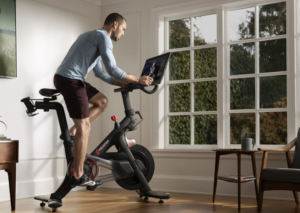 When most people hear the word “Peloton” they think of an expensive black bike with shiny red buttons and that controversial commercial where the husband gifted his wife a Peloton for Christmas.
When most people hear the word “Peloton” they think of an expensive black bike with shiny red buttons and that controversial commercial where the husband gifted his wife a Peloton for Christmas.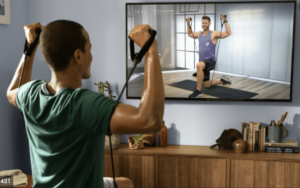 If the app interests you, Peloton is currently offering a 30 day FREE TRIAL, so why not give it a try? Check it out
If the app interests you, Peloton is currently offering a 30 day FREE TRIAL, so why not give it a try? Check it out 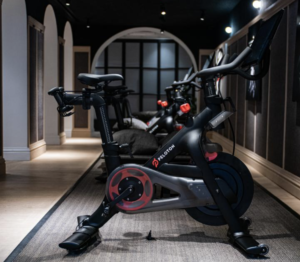
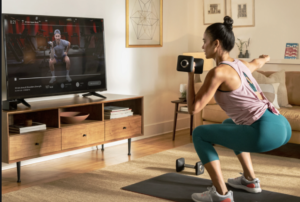
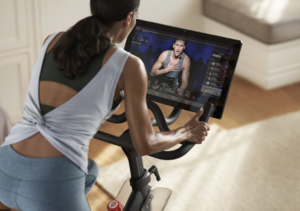 This article would not be complete, however, if we did not acknowledge some of the delivery issues that have been plaguing Peloton over the last year. Most of the delivery issues seem to affect U.S. deliveries, however, the UK deliveries have been affected as well.
This article would not be complete, however, if we did not acknowledge some of the delivery issues that have been plaguing Peloton over the last year. Most of the delivery issues seem to affect U.S. deliveries, however, the UK deliveries have been affected as well.







